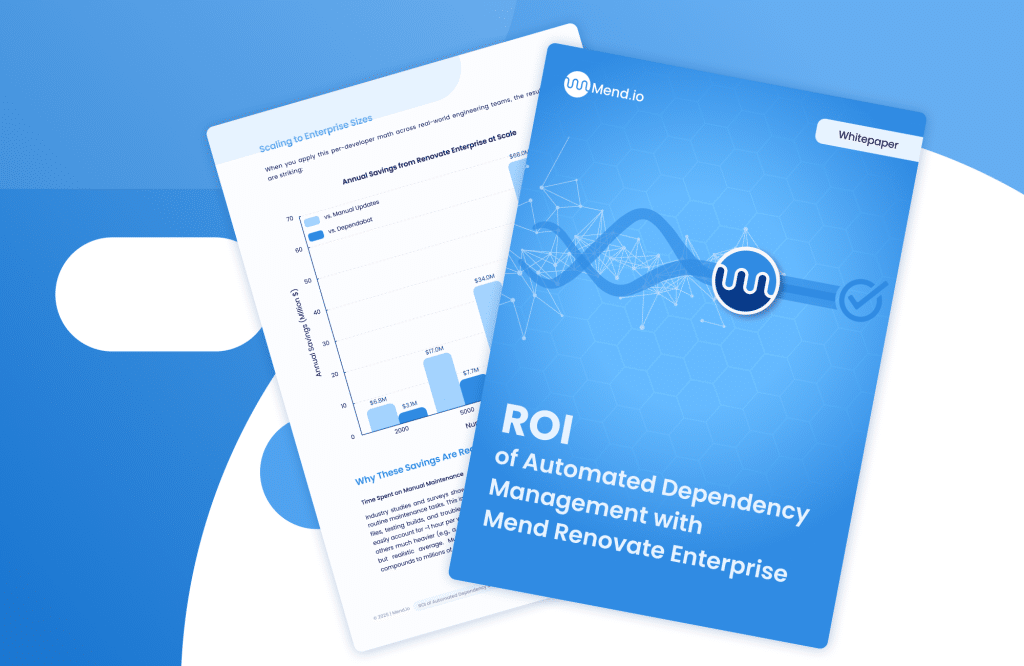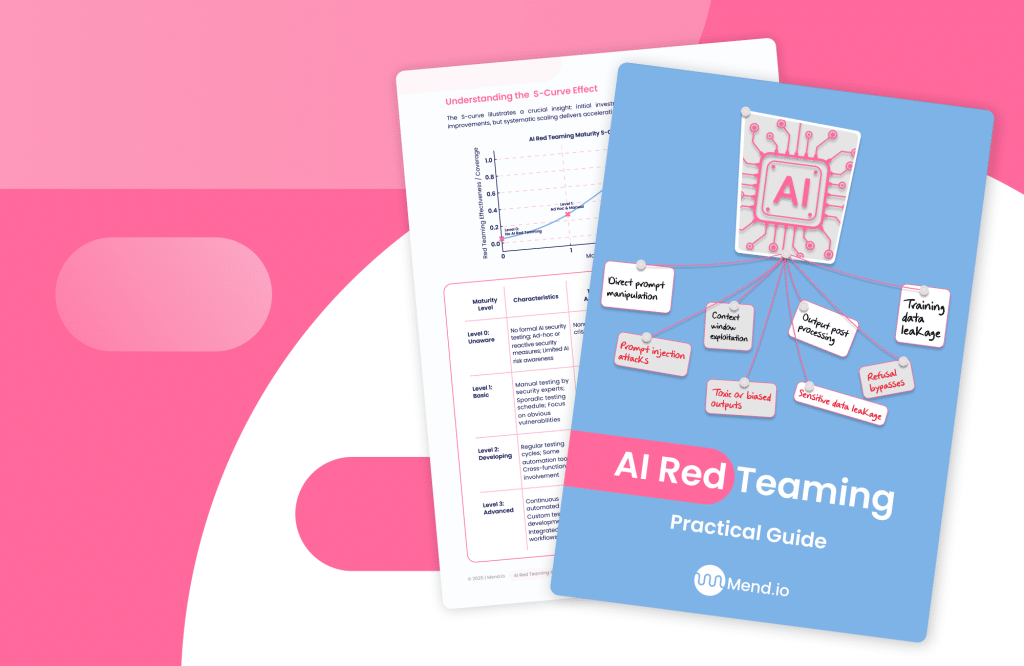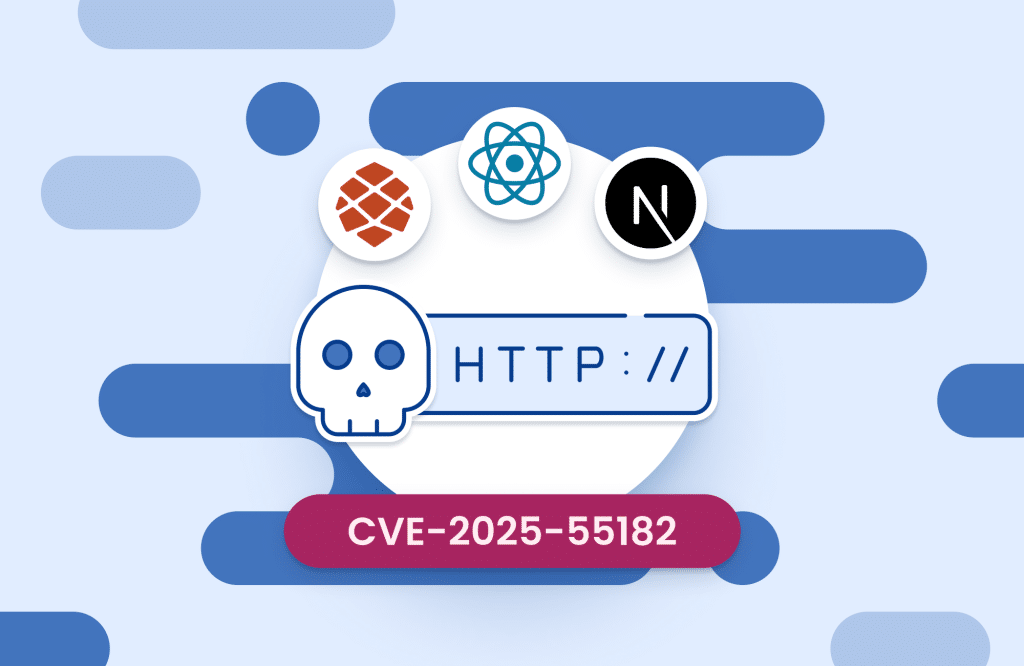Table of contents
Choosing the Right SCA Solution: 7 Questions That Actually Matter

Open source has transformed how we build software—but it’s also transformed how we manage risk. Modern applications often contain 60% to 90% open source components. With this scale, tracking dependencies, vulnerabilities, and licenses manually is no longer sustainable. That’s where software composition analysis (SCA) solutions come in.
SCA solutions give you visibility into every open source component you use, highlight vulnerabilities, and automate fixes. The right tool helps you maintain both security and compliance while keeping development speed intact. But with dozens of vendors claiming to do the same thing, how do you evaluate them effectively?
This guide breaks down seven key questions to help you identify an SCA solution that actually fits your organization’s needs—technically, operationally, and strategically. This article is part of a series of articles about Software Composition Analysis.
1. Does the SCA Solution Serve Both Developers and Security Teams?
SCA solutions generally fall into two categories: governance-focused and developer-focused. Governance-oriented solutions give security, DevOps, and legal teams full visibility into open source use across the software portfolio. They manage policies, generate reports, and enforce compliance rules automatically.
Developer-focused solutions, on the other hand, work directly within IDEs and CI/CD pipelines. They alert developers to vulnerabilities and policy violations before components ever make it into production.
The best SCA solutions combine both. They empower developers to act on security insights while giving security and compliance teams the oversight they need. You should also look for enterprise-ready features like SAML, SSO, and fine-grained role-based access controls that make adoption and management scalable.
2. Can It Prioritize Vulnerabilities and Reduce False Positives?
Most teams don’t need more alerts—they need better ones. Traditional scanners often flag thousands of potential issues, but only a fraction are relevant. The best SCA solutions use reachability analysis to determine whether a vulnerable component is actually called by your code. This helps teams focus on real risk and avoid wasting cycles on noise.
A mature tool should also minimize false positives, improving both trust and efficiency. When evaluating vendors, test them on the same codebase to see which produces the cleanest, most actionable results. The difference between a usable and unmanageable system often comes down to alert quality.
Tools like OWASP dependency check can provide a baseline, but advanced SCA platforms add prioritization and context that make vulnerability management faster and more accurate.
3. Does It Support Automated Remediation
Detection alone isn’t enough. Leading SCA solutions now go beyond alerts by offering automated remediation. They can generate pull requests with suggested fixes, identify safe upgrade paths, and integrate with issue trackers to create seamless workflows.
Real-time monitoring also matters. Vulnerabilities are discovered daily, and continuous scanning ensures that outdated components are caught before they become security liabilities. Modern software composition analysis tools automate much of this process—saving developer time and keeping applications secure between releases.
If you’re building a case for investing in SCA, understanding its automation and ROI benefits is essential. Insights from SCA security can help position it as a business enabler, not just a security expense.
4. Does It Support All the Languages and Frameworks You Use?
Your open source landscape likely spans multiple languages, frameworks, and environments. Choosing an SCA solution that covers only part of your stack creates blind spots. Look for tools that support the full range of technologies you use today—and the ones you expect to use tomorrow.
Strong language coverage also means maintaining accuracy across different package managers and ecosystems. Whether you’re building Java microservices, Python APIs, or Node.js front ends, the tool should consistently identify vulnerabilities and apply the same standards across the board.
5. Can It Integrate Seamlessly Into Your DevOps Pipeline?
Developers already have complex toolchains. An SCA solution that disrupts their workflow won’t get adopted. Integration with existing systems—repositories, IDEs, browsers, build tools, and CI servers—is essential.
An effective SCA tool should run automatically as part of your CI/CD process, performing an SCA scan every time code is built. It should be able to fail builds that violate policy and surface results directly within the development environment. The easier it is to act on findings, the more consistently your teams will use it.
6. Does It Offer Policy Automation That’s Both Flexible and Transparent?
Every organization has unique policies governing open source usage. These might restrict certain licenses, require patching within specific timeframes, or forbid outdated components. Manually enforcing those rules doesn’t scale.
Effective SCA solutions automate policy management. They enforce rules in real time, trigger approval workflows, or block builds when conditions aren’t met. The ideal solution lets you define these policies in a way that matches your organization’s risk tolerance and compliance requirements.
Flexibility is key. A policy engine that’s too rigid can slow development, while one that’s too permissive can expose your systems to unnecessary risk. Look for tools that allow customizable policy templates and automated exception handling.
7. Can It Scan and Secure Containers Too?
Containerization has changed how applications are packaged and deployed. But it has also introduced new attack vectors. Not all SCA solutions can handle this complexity effectively.
When evaluating options, check whether the solution can detect vulnerabilities inside container images and registries. It should analyze each layer for open source risks and identify issues like secrets exposure or misconfigured infrastructure as code.
Modern tools integrate these capabilities directly into CI/CD, scanning images automatically during builds or at registry level. Understanding how SCA applies to containers, as explained in SCA vs SBOM, helps clarify how these scans complement broader supply chain visibility.
What to Expect From a Mature SCA Solution
Strong SCA solutions share a few characteristics:
- Broad language and environment coverage
- Deep integration with DevOps workflows
- Accurate, prioritized vulnerability reporting
- Automated remediation and policy enforcement
- Support for containers and cloud-native architectures
Together, these capabilities allow teams to balance speed and safety, enabling secure innovation at scale.
In mature programs, SCA also plays a central role in building and maintaining an SBOM, supporting both transparency and compliance. As organizations expand their adoption of cloud-native tools and open source ecosystems, aligning SCA with SBOM processes ensures complete visibility into risk across the software lifecycle.
Selecting a Partner, Not Just a Product
The best SCA solution isn’t just about features—it’s about fit. The right tool will evolve with your organization’s technology stack, automate where possible, and provide clarity rather than complexity.
It’s worth comparing leading software composition analysis tools to see how each approaches accuracy, automation, and workflow integration. The differences in usability, coverage, and performance can be significant.
Choosing wisely pays off long-term. The right SCA solution strengthens your entire application security program, keeps your development velocity high, and reduces the risk of unpatched vulnerabilities slipping into production.












